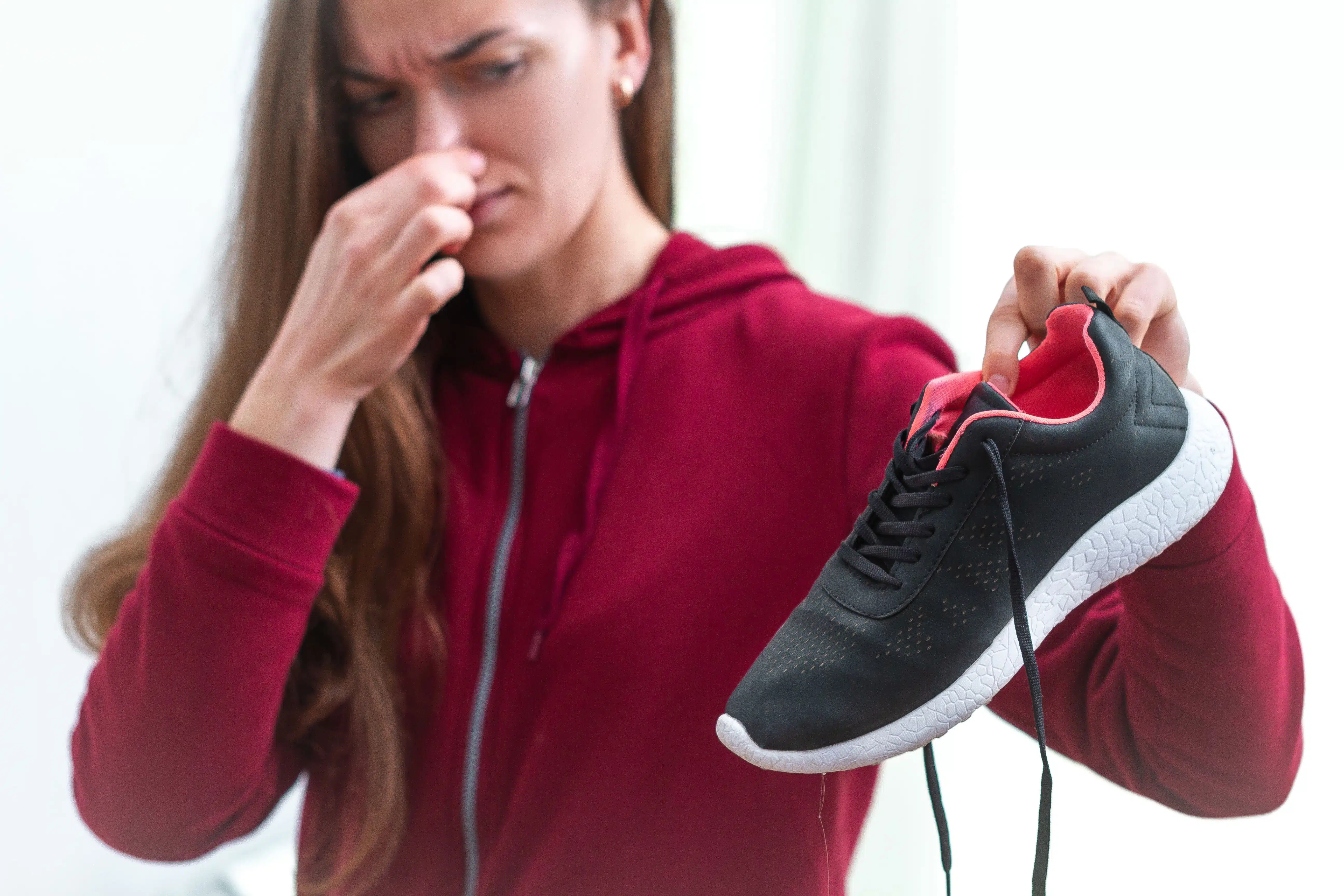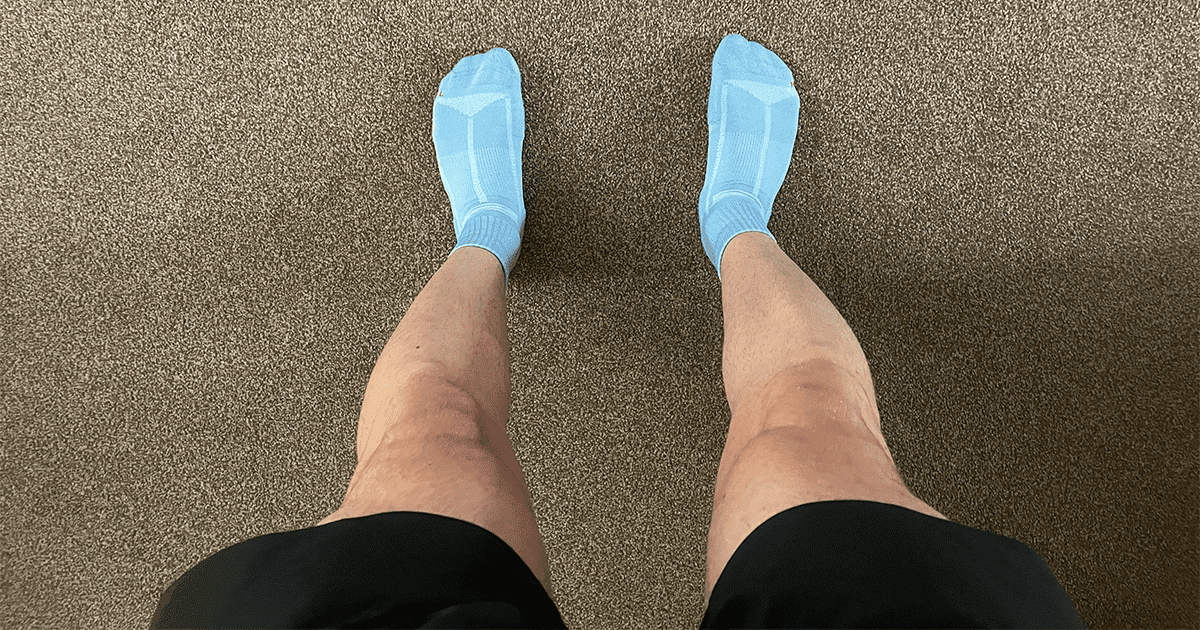Running in the winter: 10 tips to make it more bearable
Running in the winter can suck, but it doesn’t have to. Here are ten tips to make it that little bit more enjoyable.
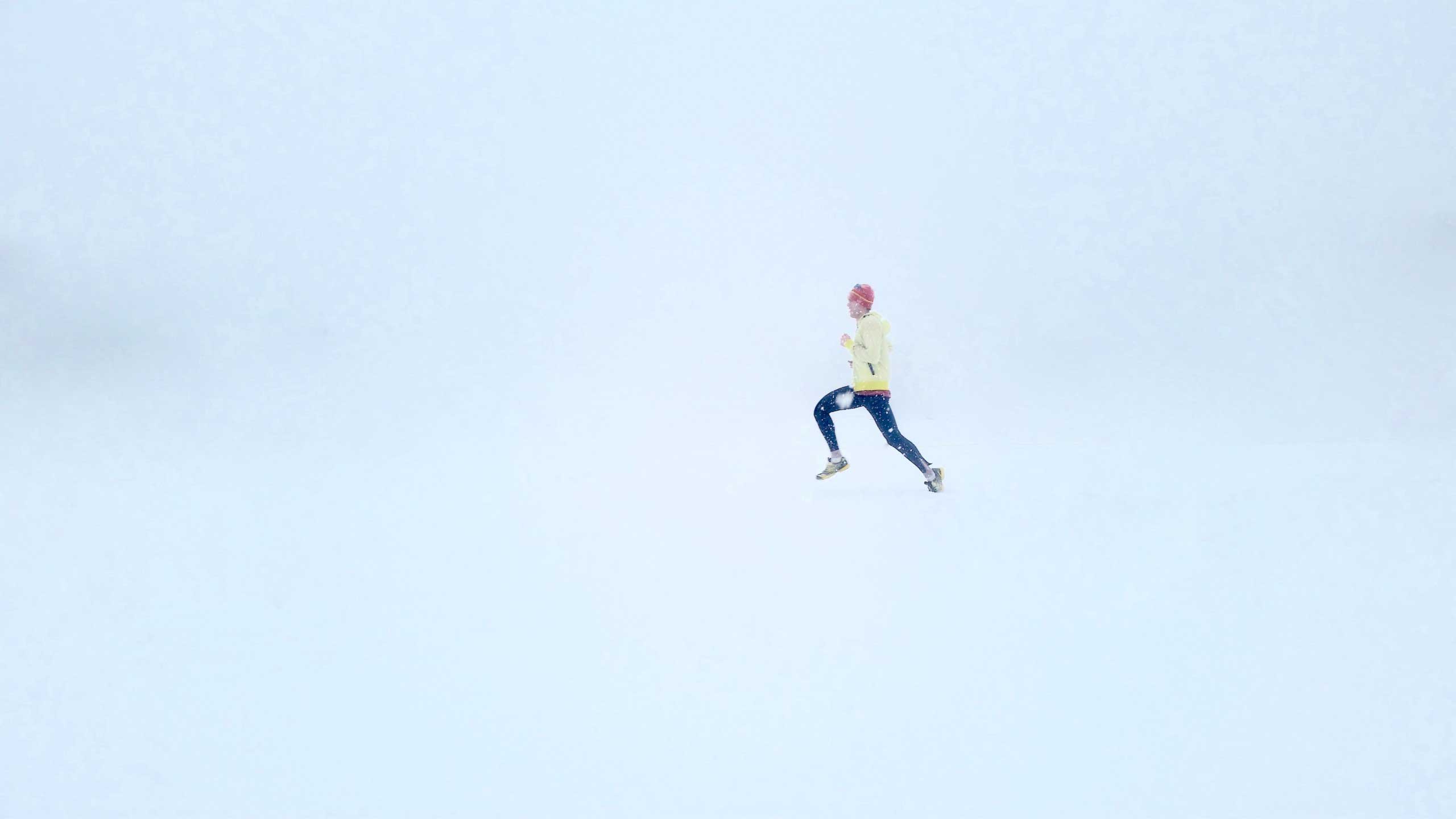
It’s that time of year again, winter – where the nights are dark, the temperatures drop below freezing, and the last thing on anyone’s mind is going for a run.
It doesn’t have to be that way. While there are some things we can’t change, there are numerous tips and pieces of advice to make running in the winter that little bit more bearable and even enjoyable.
From dressing appropriately to changing out of your running clothes directly after your run, this article will provide ten tips for running in the winter.
Related: The ultimate guide to winter running for beginners.
1. Change out of your running gear as soon as possible
If you’ve been running in the rain or in freezing temperatures, more often than not our running gear will be soaked and cold. Not changing out of your running gear directly after your run will cause your temperature to drop, increasing your risk of catching a cold amongst other illnesses.
Instead of hanging around in wet, cold, and sweaty running gear, we suggest changing into an entirely new outfit. Not only will this prevent bacteria from hanging around, but this will also keep you warm and comfortable after logging those hard-earned miles.
2. Warmup inside
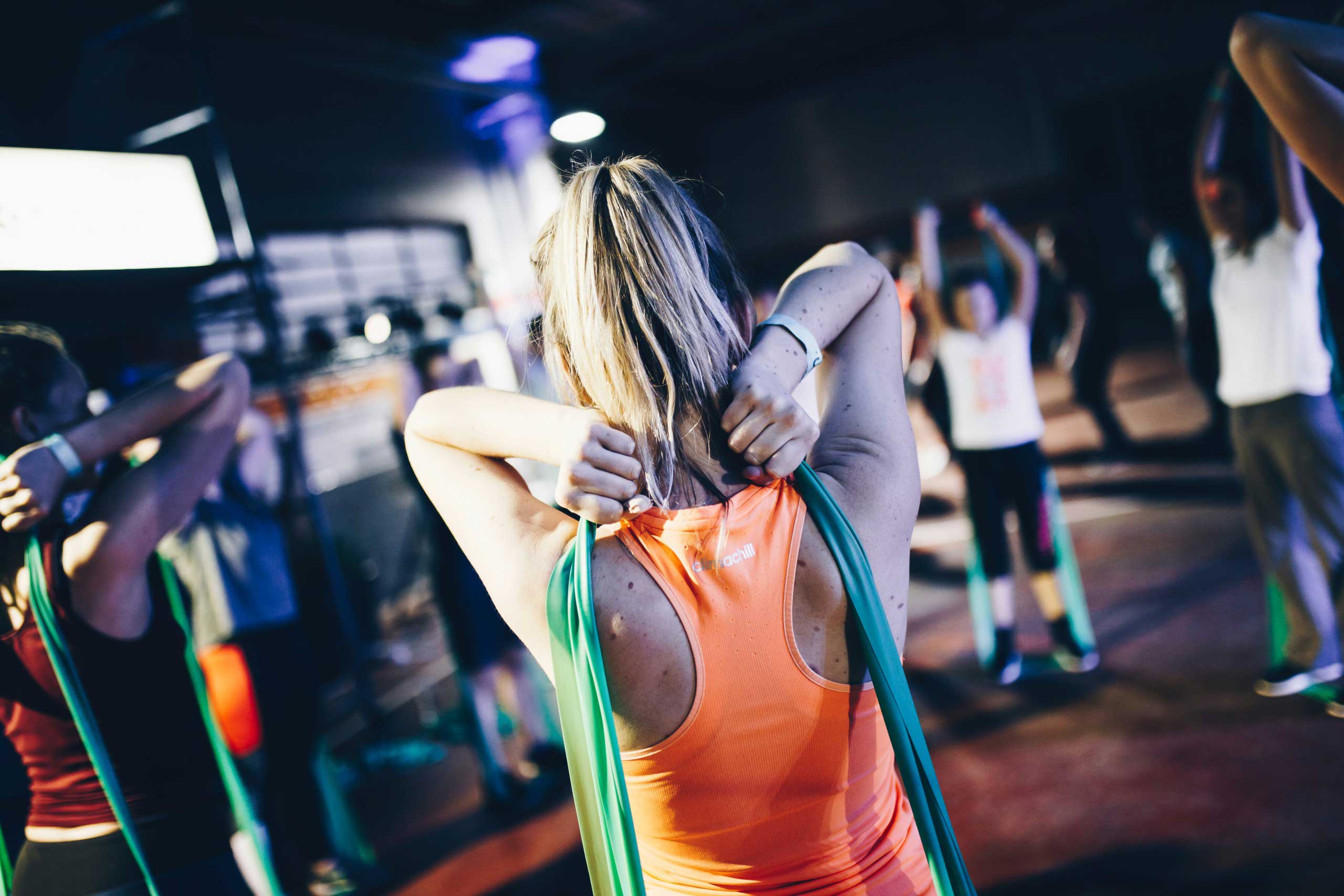
Is there much worse than stepping outside on a cold winter’s night, standing around and trying to warm up before your run? I didn’t think so. Instead, we suggest performing a short but intense warmup inside to kick start your body, increase your blood flow, and most importantly increase your temperature.
Some basic dynamic warmup exercises to do inside include:
- Leg swings
- Walking lunges
- Hip stretches
- Arm swings
- Jog to quad stretch
Likewise, skipping your warmup altogether when running in the winter will increase your risk of pulling a muscle, will take you longer to increase your body temperature, and will also slow down your pace as your muscles aren’t quite warm enough to run as intensely as you may like.
Related: Why and how to perform a proper running warmup.
3. Dress appropriately
It may be a no-brainer, but it’s so important to dress appropriately when running in the winter. When the temperatures drop, we must wear extra and appropriate layers to keep the heat in, protecting us from the elements and keeping us warm and comfortable on the run.
Related: 9 Essential winter running gear items for Men.
Related: 9 Essential winter running gear items for Women.
We suggest investing in some winter-appropriate running gear, such as:
- Running leggings
- Long-sleeved running tops
- Waterproof running jacket
- Three-quarter running tops
- Thermal
- Running shoes with increased traction
Related: 10 of the Best Men’s running tights available in 2019.
Related: 10 of the Best Women’s running tights available in 2019.
4. Make use of the treadmill
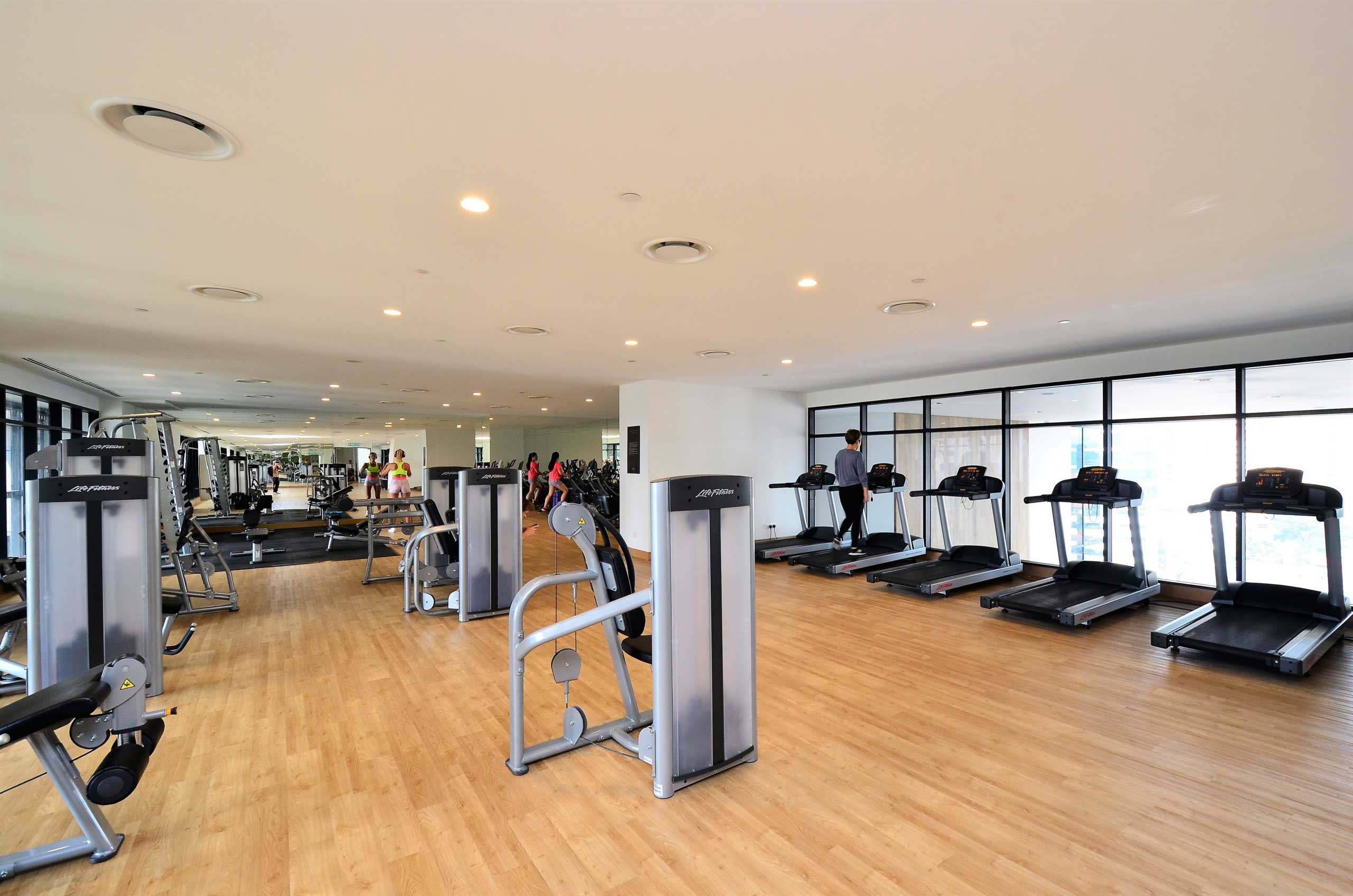
Sometimes it’s best to admit defeat and head for the treadmill. Whether you have one in the convenience of your own home or just a short drive to the gym, you’ll still be able to get your run or workout in all while avoiding those cold, dark, and rainy nights.
Besides, there are plenty of running workouts that can be done on the treadmill. From interval runs to hill repeats, there’s a wide variety to challenge yourself with, some of which may be easier and more convenient to run on the treadmill in the first place.
Related: Treadmill running: what you need to know.
5. Don’t hang around
Head indoors. Don’t hang around. Standing still for too long without moving will decrease your body temperature, increase your risk of picking up a cold, and quite frankly isn’t a pleasant experience.
Save the checking of your GPS watch for inside, perhaps while you perform some static stretches and a quick cooldown.
6. Check the weather forecast beforehand

One quick tip we suggest is checking the weather forecast the day before and the morning of your run. If you usually run in the morning, yet it’s going to pour down why not change your run to the evening? If not, maybe you could head to the gym and get a treadmill session instead?
Related: 9 Tips to help you become a morning runner.
7. Stay hydrated
Staying hydrated is equally as important when running in the winter, it’s not exclusive for summer. Try to consume a minimum of 500ml of water within a couple of hours prior to your run. Likewise, be sure to drink plenty of fluid throughout the day and once you’ve finished pounding the pavement.
8. Run with a friend
Sometimes, it’s a lot easier to run with a friend. Why not agree to meet up with a friend, have a natter, and pound the pavement together.
Likewise, running with a friend is much safer when running at night and may provide that extra bit of motivation to lace up.
We suggest agreeing to meet beforehand at an agreed-upon location. Whether this is a house, a library, or a bus-stop, find somewhere (preferably warm), well-lit, and located conveniently for the both of you.
Related: 8 Tips to help a friend start running today.
9. Reward yourself for running

On those days where the last thing you want to do is run, try rewarding yourself for getting out the door. Providing yourself with an incentive will increase your motivation to get out in the cold and log those miles. Examples of rewards include:
- A new pair of running socks
- A few chunks of chocolate
- Some popcorn and a film
- A nice warm bath
Whatever you choose, ensure to keep it an irregular thing, or you’ll end up craving unhealthy snacks and or new clothing items every run.
10. Wear reflective gear
No runner wants to be involved in an accident. When running in the winter, ensure to wear highly reflective running gear and a head torch when running at night. If possible, we suggest wearing bright colours such as yellows, oranges, and greens to increase your visibility.
Related: 7 of the best head torches for running.
Wearing highly reflective running gear will increase your visibility to other runners, pedestrians, and road users alike – making it a much safer experience for all.

Matthew is a lifelong runner, chief tester of all products, the founder of Running101, and freelance content writer for active brands. When he’s not writing, he enjoys lifting weights, cycling in the Lake District, and watching fast cars drive in circles on a Sunday. He also has a BA in sport, exercise and physical activity from the University of Durham.

